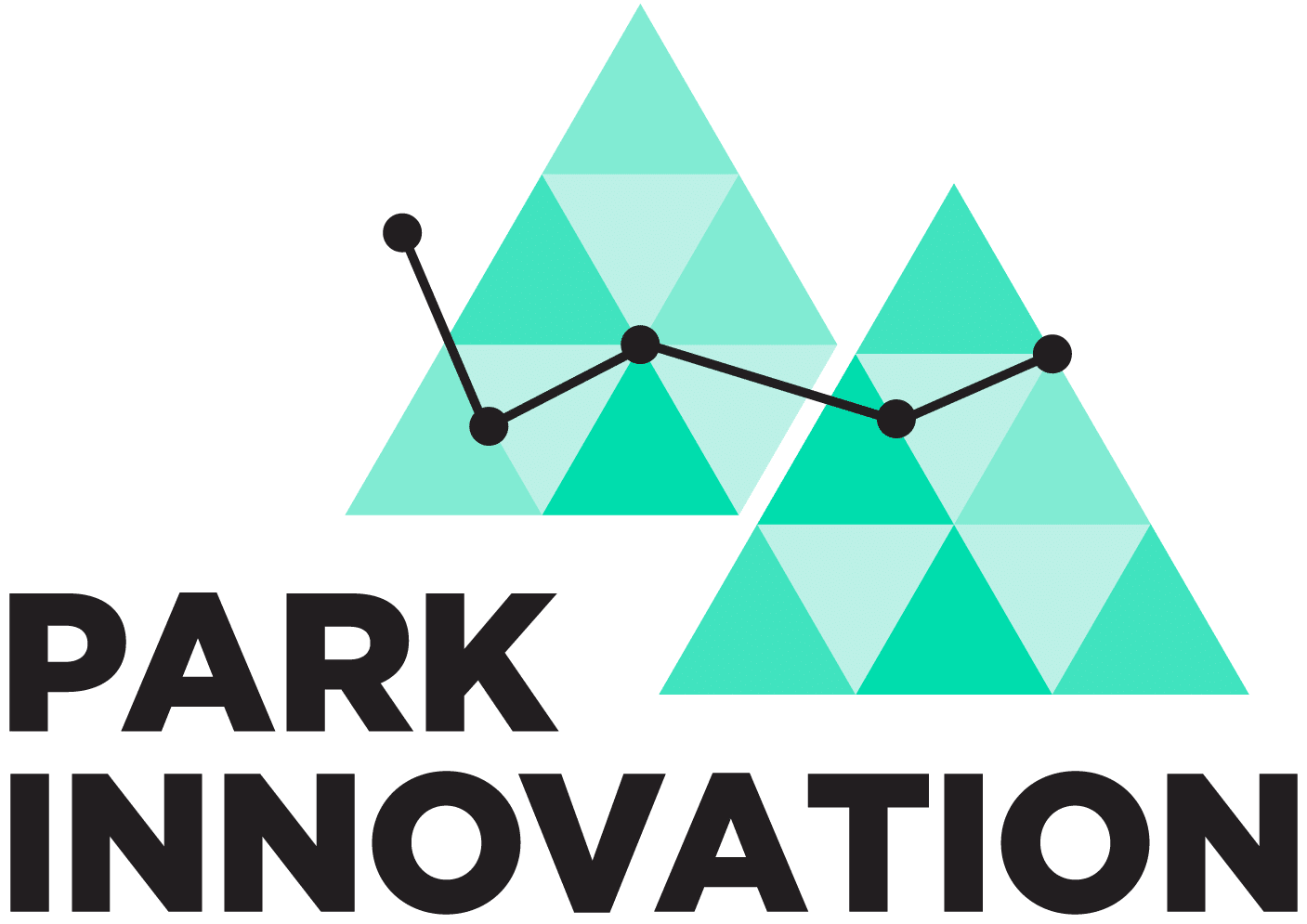A New Reality Emerges Before Us
Technology has brought disruptions to many established industries. However, if we have learned anything from the COVID-19 crisis, it is that no one individual could have predicted the specific role technology would play. Suddenly, businesses globally are facing new realities.
By April 2020, almost 4.57 billion people were connected to the internet.
New business models are beginning to emerge.
Jobs with repetitive and predictable tasks are falling victim to automation and artificial intelligence.
Not long ago, employers were trying to figure out how to make the workplace more employee-friendly.
Today, remote work is the new workplace frontier. For jobs that do not require in-person interactions, the rise of a nomad workforce signals the end of long commutes and less human interaction in the context of the ‘office’. This will surely carry its weight on many human norms and behaviours.
The COVID-19 pandemic accelerated the adoption of cloud-based collaboration tools and the digitization of business transactions. But while a whole new landscape emerges, new realities will shape how economies cope with changes.
The shortage of tech workers is becoming a growing concern for employers worldwide. For computer science graduates, there is (at times) a significant mismatch between theoretical learning and the job market skills in-demand. This problematic issue is not only shared by advanced economies.
On the local level, the Lebanese workforce is passing through a challenging time. Political & economic turmoil is destroying employment prospects while unemployment soars. Sadly, the rural population in particular has always suffered from income disparities. The rural-urban digital divide is ever more persistent.
Climate change is increasing the frequency of natural disasters and hence, the growing challenges affecting rural economies. Not only is it putting a strain on the usage of environmental resources such as water and soil but new technologies mean traditional rural sectors are being subject to fierce competition, thus in many areas raising the barriers for traditional businesses to access new markets.
We at the Park Innovation (PI) see opportunities in challenges and trends. Given it is our mission to grow the digital and innovation ecosystem in rural areas, PI supports the entrepreneurial spirit of rural startups. By doing so, PI taps into the resources of rural workers and grooms their capabilities in order to allow them a competitive advantage in the global digital economy. The approach is multifaceted. PI provides office space, startup acceleration, business incubation, and high-impact learning experiences in our coding academy.
PI believes in shaping the future of business in rural Lebanon by offering the following services:
A digital & innovation ecosystem. Startups can launch and scale their business activities with little investment in office space or IT infrastructure. PI hopes to harness the full potential of new technologies to transform how individuals and businesses create value from rural areas. Nowadays, online retail solutions link local SMEs and producers with new markets. Smart agriculture solutions help farmers optimize water usage. Digital tools for emergency response show where wildfires erupt, how they spread, and help firefighters save lives. PI is open to new ideas and innovative approaches that tackle the challenges of life in rural regions.
Upskilling programs. PI invests in human capital by retraining workers to align their skills with the technology market needs and by connecting them with global employers. These new non-standard forms of employment create economic growth opportunities for rural populations to participate in the global technology market. The upskilling programs are flexible to accommodate busy work and family schedules. PI fosters a lifelong learning mindset where workers are constantly offered new upskilling opportunities to prevent skills obsolescence. PI lowers the barriers for retraining for those who lack financial means.
A remote workplace. PI provides both workers and companies flexible workstations connected to reliable & affordable internet. We believe the “work-from-anywhere” mindset will be a game-changer to rural areas. Workers benefit from proximity to nature and lower living expenses and businesses save on operating expenses.
As chairwoman of PI, I would like to thank all our amazing mentors and partners for their commitment to our success in building a thriving tech ecosystem in the Shouf mountains. Together, we will continue to break barriers and build an ecosystem that is beneficial to the sustainable economic growth in Shouf and other rural areas across Lebanon.
5 Social Media Tips, Every Startup Should Know
Social media can be tricky, especially if you’re a startup. That's because you're likely still fine-tuning your value proposition and identifying your audience, among a string of other to-do's that just don't seem to end. We're here to give you a little leg up to avoid social media inertia.
Find the right platform
Wait, before deciding on what platform to dedicate your limited time to, be sure to secure your handle on all social media platforms. If you’re wondering how many platforms there are, voila (by the number of monthly active users):
- Facebook - 2.23 billion
- YouTube - 1.9 billion
- WhatsApp - 1.5 billion
- Messenger - 1.3 billion
- WeChat - 1.06 billion
- Instagram - 1 billion
- QQ - 861 million
- Tumblr - 642 million
- Qzone - 632 million
- Tik Tok - 500 million
- Sina Weibo - 392 million
- Twitter - 335 million
- Reddit - 330 million
- Baidu Tieba - 300 million
- LinkedIn - 294 million
- Viber - 260 million
- Snapchat - 255 million
- Pinterest - 250 million
- Line - 203 million
- Telegram - 200 million
- Medium - 60 million
Whoever your audience is, make both a Google and Facebook page. Why? Because both platforms represent the highest monthly active users and will help you establish organic traffic through the SEO of your keywords. Go do it now! We’ll wait. Ok. Next, choose one or two platforms that you feel your target audience accesses most often. Here’s a pro-tip:
| Channel | Age 18 to 29 | Age 30 to 59 |
|---|---|---|
| 86% | 81% | |
| 58% | 31% | |
| Linkedin* | 19% | 21% |
* If you’re a business-to-business (B2B) solution, LinkedIn is always the way to go.
Be a Follower
We’re sure your mother always told you NOT to be a follower but on social media, it pays to follow. If you’re just getting started, the best way to launch your channel is to:
- Post a set of 6 to 9 visually stimulating posts that are informational, inspiring, or entertaining.
- Find your competitor’s account
- Follow 10 to 15 of their followers
- Repeat step 3, four times daily
Out of every ten people you follow, 2 to 3 people will follow you back. Now you’ve got followers! Mission accomplished. Your follower to following ratio doesn’t matter at this stage. Right now, the goal is to create engagement. We will show you how-to below.
Post Consistently Consistent
Fail to plan and you plan to fail - Thanks to Benjamin Franklin Although social media wasn’t around during Franklin’s era, the wisdom still applies. Your personal Instagram account can be instant but for your startup, plan! A content calendar is a very helpful tool. Use it and include holidays and event days (like Official Manoushe Day - yes, it exists).
Talk With Your Followers, Not at Them
Social media is about dialogue not broadcast! If you’re not interacting, liking, engaging, commenting with your followers, your reach will be limited to your imagination (as if the world revolves around you).
Know The Algorithmic Science
Algorithms are used by social media sites to determine and optimize what posts users see and in what order. With every new day comes a new set of updates. As of late 2019, the average reach for Facebook posts was down by 2.2%. (Hootsuite, 2019). In 2020, you want to post content that gets people talking (commenting and tagging friends, sharing). To do this, try to post when your users are online. For B2B that’s usually between 9:00 am 2:00 pm TWT and for B2C brands, it's 12:00 pm MTW. Social loves video. Facebook specifically will note if anyone watches your video past the 1-minute mark and comes back to watch it again, so content and quality really matter. Tip: Live video gets 6x more engagement than regular video. As for Instagram, tagging your photo and adding a location is always helpful.
Engage rather than sell … Work as a co-creator, not a marketer.Tom H. C. Anderson, market researcher
Google Drive Tips to Make Virtual Team work Easier
Data is being saved at an unruly rate, every second. The chaos and disorder that come with it can be stressful, especially as you try to navigate that much-needed file that your co-worker last sent you.
It may be likely titled FINAL, FINAL FINAL, DEFINITELY FINAL, UPDATED FINAL.
We’ve all done it. As Google Drive users, we’re grateful for the features offered that provide endless possibilities! Right now, Google isn’t only supporting our work effort, it’s supporting our productivity and our sanity.
So we’re just going to leave these Google Drive Hacks and Tips for teamwork right here.
Everything should be shared on Drive
Many of us still have the habit of sending documents via email. Please stop. Instead, add them to the drive and share/tag the link so that it's available at a later time. A little known fact, according to mic.com, the environmental impact of data storage is more than we think (2019). Even using the cloud, we should be mindful of what we’re saving and how necessary it is. Using working/living docs as a team can help counter that.
Use keywords to title files
Google has successfully connected a whole wide web of information. You and your team can connect ONE drive. Your Google Drive is a small Google engine in itself. Have everything stored in the right folder but build out a document SEO strategy at the office. Here’s how we do this:
- Use effective title keywords [and formats] that you agree on as a team
- Date all your files based on the last edit for a quick reference
- A long title is okay
- Write (Shared) to externally shared files or folders to avoid sharing sensitive information
Create a new file? Share it!
Anytime you create a new file, share it with the people who it will be of use to so that they’re aware it’s there. Remind them that they must “add it to My Drive” so it can be easily accessed at a later time.
Explore the Drive
Google has a range of other great features like Google AppScript, a rapid application development platform that makes it fast and easy to create business applications that integrate with G Suite. We hope you find these tips to make it easier for you and your team to manage the endless files that creep into our lives daily. Have any tips yourself? Please feel free to share them below.
8 things to consider as you become a ‘virtual team’
Social media can be tricky, especially if you’re a Last month, at the start of the work-from-home situation, things were tough!
Our team capitalized on our digital knowledge and were able to quickly:
- Communicate office hour changes
- Set new meetings
- Check-in
Although one thing was still apparent, we were not expecting this. And amidst all that uncertainty, we were not prepared for this.
Team morale was low. We felt threatened. We were anxious.
It was apparent that the team was in response mode, as explained in a recent article from Deloitte on The heart of resilient leadership: Responding to COVID-19, a typical crisis plays out over three-time frames:
- Respond
- Recover
- Thrive
During the response, the company is still dealing with the present situation and looking for ways to manage continuity. For us, things were moving but the destination became a distant fuzzy picture.
My colleague and CEO of Park Innovation Haitham Saab and I decided we need to take a step back before we could find that spring in our step again. We needed to act fast for our team, our community, and ourselves.
Recovery happens when a company learns and emerges stronger and prepares to thrive. This would be the new normal.
With those time frames in mind, we cleared the way to head towards our new online destination with these eight tips.
Doing a team mental health check-in
Social media eases the edge off of panic mode but when coronavirus rates were rising faster than I can say coronavirus-rates-were-rising, the panic mode was real! Empathy is needed right now more than ever because everyone deals with emotions differently. Since meetings don’t have that irreplaceable-in-person smile or nod of comfort, it was critical to simply ask everyone hey, how are you coping? Let your team know that you value their mental health by discussing challenges and suggesting solutions. From how to improve Wi-Fi or how to avoid frequent trips to the fridge, it’s important to let the team know you care.
Reassure the team about their pay
There may be cuts or layoffs happening but the state of uncertainty is worse than the bad news itself. As if the current lack of enthusiasm about work isn’t enough, be sure to reassure your team about any changes to their pay. Wage uncertainty will cost a lack of productivity. Avoid it at all costs.
Set a new purpose
Everyone knew our purpose on the ground; to become a 21st-century workplace with leading coding and startup programs in the Chouf. Our purpose has not changed, but it has shifted to become a 21st-century workplace with leading online coding and startup programs. That one-word change set us along a path of deep research into better understanding our audience (and their online habits), new tools, and emerging trends.
Clarify new KPIs or targets
Adapting a new purpose meant there would be new program delivery and therefore, new targets. Targets guide us even when we’re not entirely paying attention. They form our direction and our habits. We realized that although many of our targets remain, some would be put on hold while others would be increased/decreased as would be deemed reasonable with the program changes.
Master new tools
I hesitated to include this because it’s a given but I want to add that it is important that teams train with the new tools. Before each meeting, set a few minutes for the team to discover and master the new tool and share their findings (ie. I discovered backgrounds on Zoom and I love it!).
Set up a calendar
We all feel the lag moving from morning coffee to laptop. Calendars help us stay engaged and on track. Help create a sort of work routine where colleagues follow a collective activity calendar.
Revisit roles
Reviewing what I’ve written above, it’s evident that new roles have emerged. Responsibilities of a virtual nature will need to be duly assigned. It might be a good time to revisit job descriptions and stretch tasks into the virtual dimension. Identifying new responsibilities will awaken more focus (and more reason to avoid distractions at a time when we’re overwhelmed). Pro COVID-19 tip: Assign someone like the team wellness check-in coordinator.
And finally, I leave you with my favorite tip.
Take the long view
I know you don’t have all the answers but any sort of future thinking can help support adaptation. Answer your team with what the new normal is and they’ll be thriving in no time.
Things never go as planned. Plan anyway (then hustle).
Dana Abou Shakra



